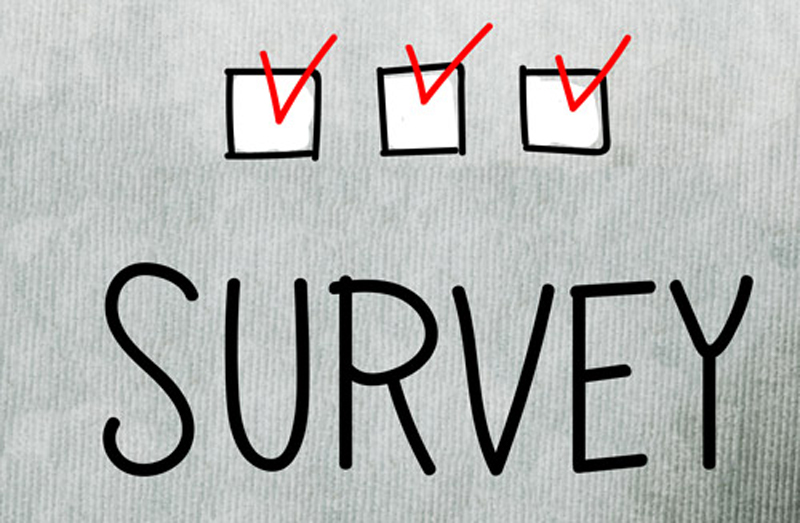According to a new survey from TD Bank, most restaurant operators have a delivery strategy in place, and a majority of them are using third-party delivery.
One of the 10 largest banks in the U.S., TD Bank also provides investor insights, including frequent coverage of the restaurant market. Of the 269 restaurant operators that completed the survey during the 2018 Restaurant Finance and Development Conference, 78 percent said their restaurant has a delivery strategy of some kind. More than half (60 percent) of those respondents said they were relying on third-party delivery services to execute the actual delivery.
Just 18 percent were executing their delivery strategy in-house. That makes sense in this tough and increasingly costly labor environment. Between hiring drivers, insuring them and keeping them busy enough, the economics of in-house delivery don’t make sense for a lot of operators. So the big question about bringing delivery in-house to combat the fees and margin hit is perhaps more of a thought exercise than anything.
Mark Wasilefsky, head of the restaurant franchise finance group at TD Bank said third-party just works better.
“The gig economy has provided the conduit to delivery, I don’t see it coming in-house. You have all these gig operators and all this unused capacity used for delivery,” said Wasilefsky. “I think it has a long way to go before it’s optimized, but it’s so early. It’s all about getting the margins out of it, and that’ll happen at some point.”
Perhaps surprising to the Food On Demand audience, that big number means that 22 percent of operators still have no strategy. Although 12 percent say they will implement a strategy soon, it feels like a large portion of operators who are waiting to see if this delivery wave is another fad á la the delivery bubble’s first wave that popped along with the dot-com era. Or they just don’t want to pay the delivery tolls.
“I think there are people that are waiting it out, I don’t know how long they’ll be able to do that,” said Wasilefsky. “But they’re waiting because it is still very expensive, and some providers are in better position to be profitable. Some are looking at different menus; a fast-casual place might have a delivery menu, QSR might not. There are a lot of variables and not everyone is approaching it the same way.”
Also in the survey was a big question that runs parallel to delivery: What kind of technology investments will you make this year?
The dominant answer was mobile ordering. About 61 percent of respondents said they believed mobile ordering could expand their customer base, a 6 percent bump from the same survey in 2017. More than 40 percent of respondents said they would invest in mobile ordering in 2019, and 17 percent of those investors believe it will help speed up operations for everything, but especially delivery.


